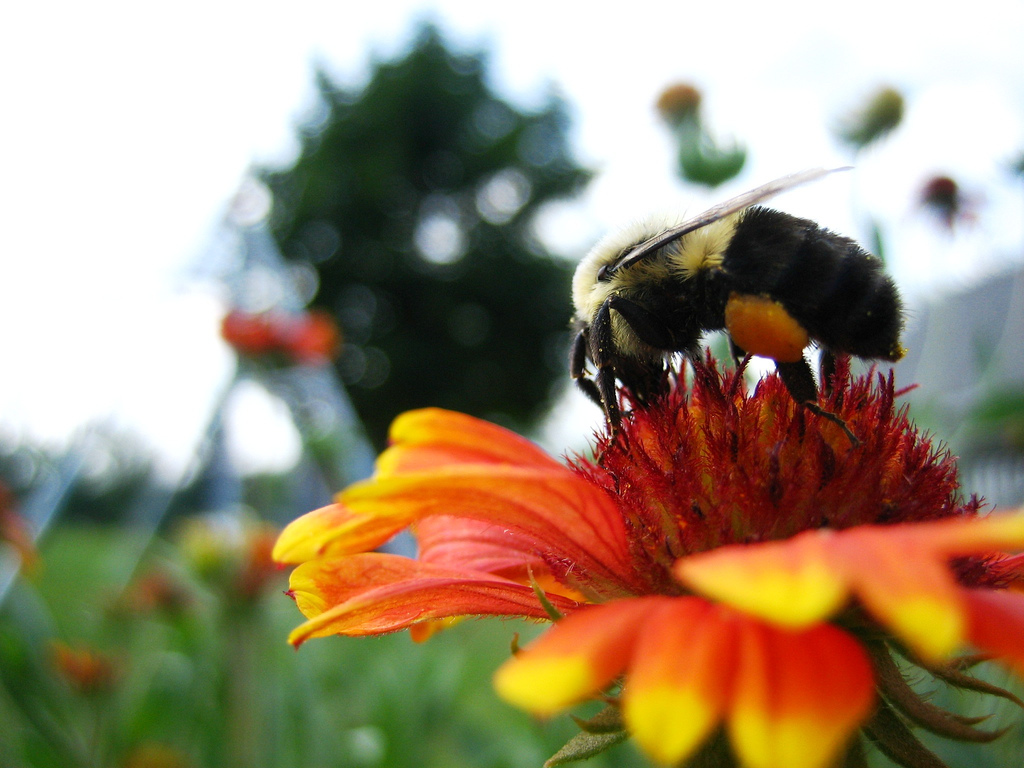Low oil concentrations impact Gulf fish, Jellyfishes’ rising ecosystem status and the importance of bees
Miniscule oil amounts, major biological ramifications for fish: Trace amounts of oil from a spill can have harmful and lasting biological effects, according to Andrew Whitehead, a biologist with the Louisiana State University (LSU).
Whitehead, along with Fernando Galvez (also an LSU biologist), led a study examining the biological effects of low concentrations of oil on fish in the Gulf of Mexico. Their research has previously shown that exposure to certain elements found in crude oil can cause harmful gene expression changes in killifish. Killifish are an important food source for many species, including economically important ones such as red snapper.
The researchers found comparable changes in gene expression in killifish from the marshes, and in killifish embryos exposed to contaminated water samples in the lab. These changes have been shown to cause developmental abnormalities, decreased embryo survival and lower reproductive success.
The findings were published in the journal, Proceedings of the National Academy of Sciences (PNAS). The study was funded by a National Science Foundation rapid response grant. Read the full article at Nature News.
Jellyfish drifts its way to predatory dominance: In certain ocean waters, climate change, overfishing and expanding dead zones have paved the way for the ascent of a nontraditional predator: jellyfish.
Biologist José Luis Acuña of the University of Oviedo in Spain and fellow researchers note that while fish use their eyes and swimming maneuverability to catch fish, jellyfish, which slowly drift through the water, consume just as much prey, when their large body masses are taken into account. The researchers found that when measured by the amount of carbon in their bodies, rather than their total weight, jellyfish consume and incorporate as much prey as do fish. Read more at Jellyfishes Shown to Be Effective Predators
USDA’s bee basics: They’re an American fixture and the state insect of 17 states, but the honeybee, like most Americans, has immigrant roots. Honeybee species were brought to America via European settlers, beginning in the 1600s. A new publication from the U.S. Department of Agriculture (USDA) expands upon many interesting facts about bees, including honeybees and native species, such as the carpenter bee and bumble bee.
According to USDA, there are over 4,000 species of native bees in the United States. Native bees provide an important economic resource in that they pollinate 75 percent of the fruits, nuts, and vegetables grown in the United States. Their interaction with other plant and animal wildlife makes them a vital part of our ecosystem. The USDA publication expands upon these and other interesting facts about bees, including ways to help sustain their prevalence.
Also, USGS research on climate change in Alaska, and re-evaluating the relationship between species numbers and habitat productivity.
Photo Credit: MightyBoyBrian
